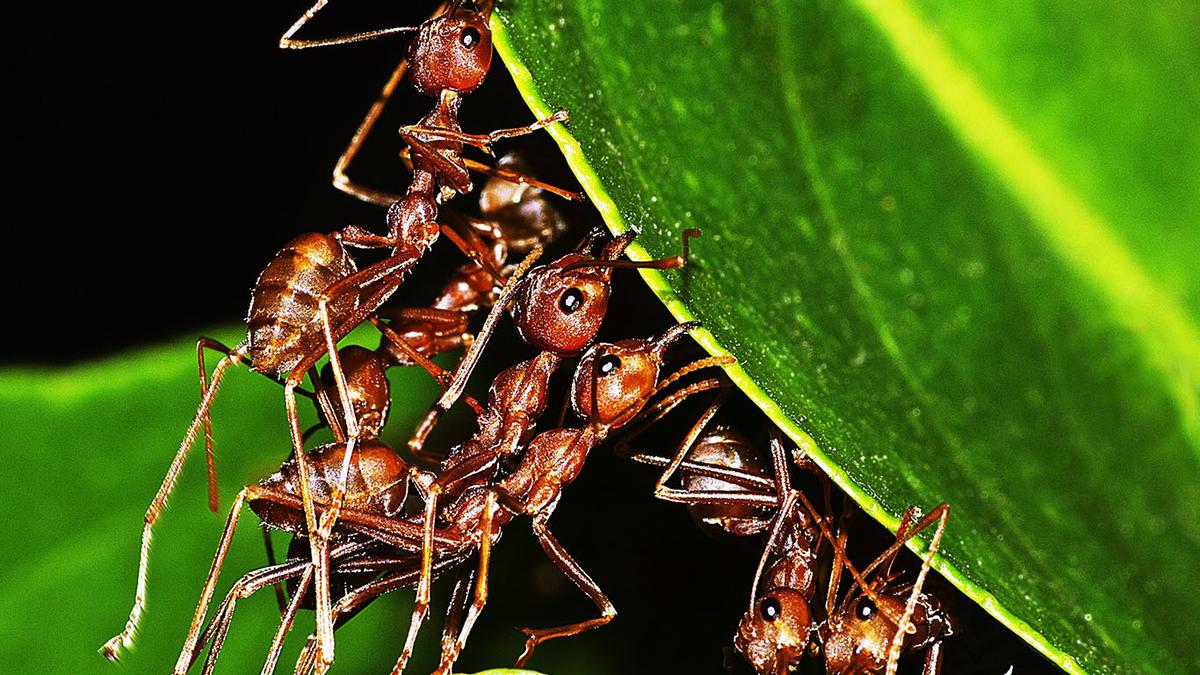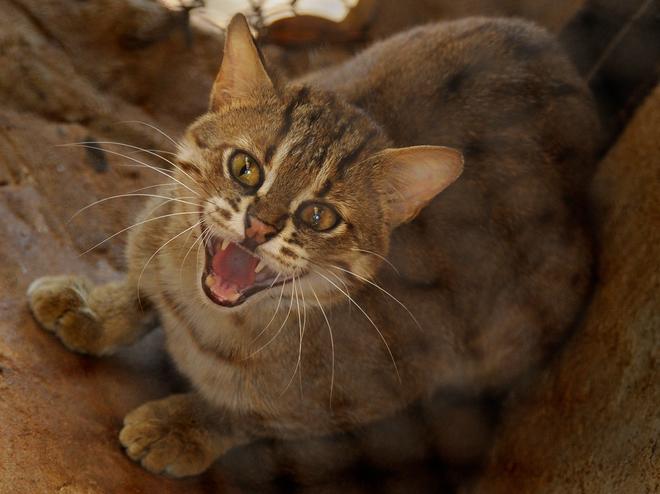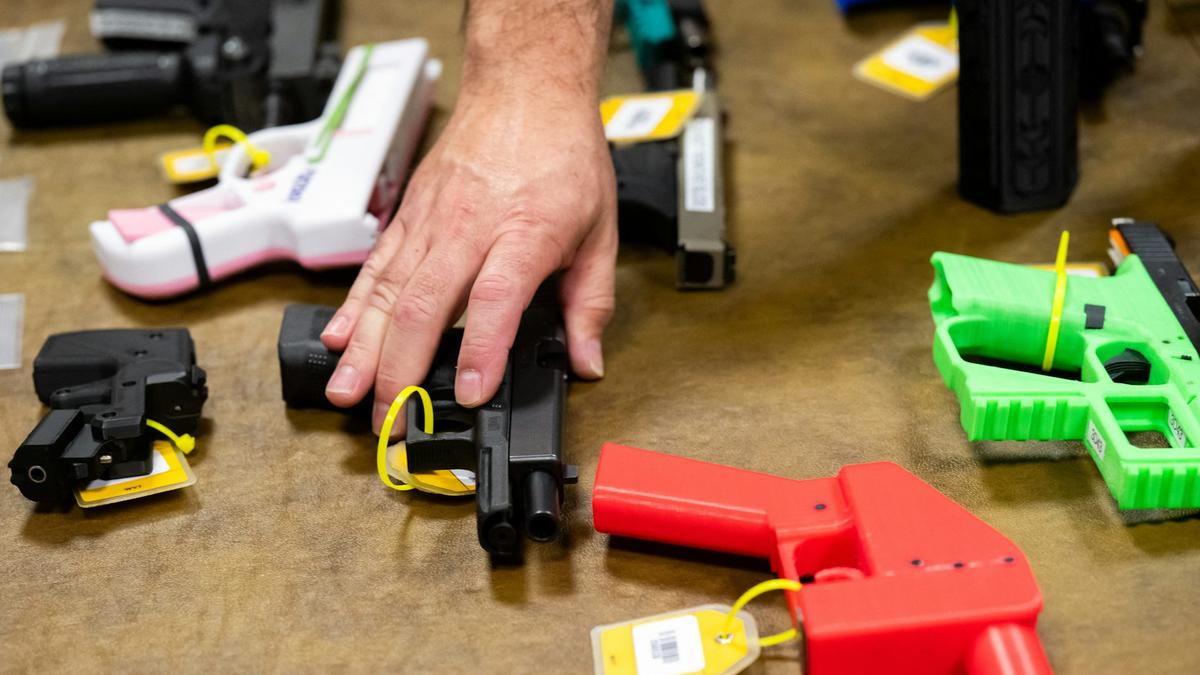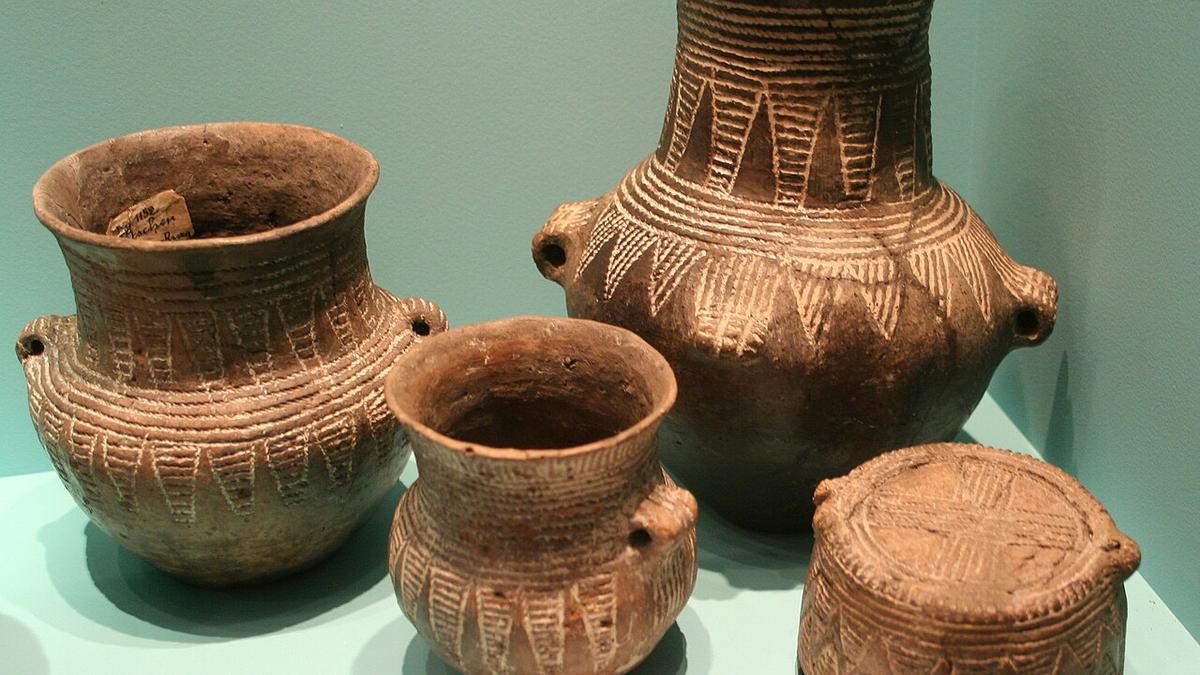(This article forms a part of the Science for All newsletter that takes the jargon out of science and puts the fun in! Subscribe now!)
The small size of ants has nothing to do with their stature among insects and in fact in the animal kingdom. Over the years, they have colonised almost every major landmass on the planet and their total biomass is expected to exceed that of birds and mammals combined. They are eusocial insects: their colonies are organised with a great degree of cooperation and division of labour.
A study published in Proceedings of the National Academy of Sciences on December 23 offered to add one more feather to their caps. In the study, Israeli researchers explored how two species — longhorn crazy ants and humans — dealt with challenges by working together.
Just as it’s easier to haul a heavier object with a large number of people, the researchers have reported that a large number of ants can together make more complicated decisions by having different ants make different parts of each decision.
In an experiment, the researchers had the ants carry a T-shaped object through a series of ant-sized obstacles. This is a difficult task for ants because they can’t talk to each other about how they can fit the object through a particular entrance using only their pheromone-based communication.
In a parallel setup, the team had a bunch of people navigate a similar obstacle course carrying a similar oddly shaped object.
To level the playing field, the humans were made to wear sunglasses and masks and barred from speaking or gesturing to each other.
The team found that the ant groups outperformed their human counterparts. While individual ants struggled, ant groups were able to coordinate their efforts in ways that exceeded individual capabilities — an example of emergent persistence.
On the other hand, the people weren’t able to discuss and strategise their course, and often failed to improve on individual performances. Sometimes, in fact, human groups fared worse than individual humans.
According to the researchers, in the absence of communication, individuals tended to rush to do what they thought their teammates would do. This phenomenon, colloquially called groupthink, drove participants to pursue incorrect solutions like pulling the T-shaped object directly towards gaps in the wall.
Ants, on the other hand, banked on distributed coordination, allowing them to adjust and align their actions according to the actions of other ants, eventually arriving at the ‘correct’ solution.
The study highlighted the power of emergent behaviour in collective problem-solving.
“Similar examples in which grouping leads to newly acquired cognitive abilities are rare,” the researchers wrote in their paper. “One example comes from fish that can expand their sensing range by grouping, which allows the school to respond to environmental gradients that occur over long length scales. Another example comes from fish that modulate their responsiveness to risk by modifying the spatial structure of the group.”
It also remains to be seen how humans who don’t regularly communicate by talking would perform.
From the Science pages
Flora and fauna
Published – January 02, 2025 05:48 pm IST














